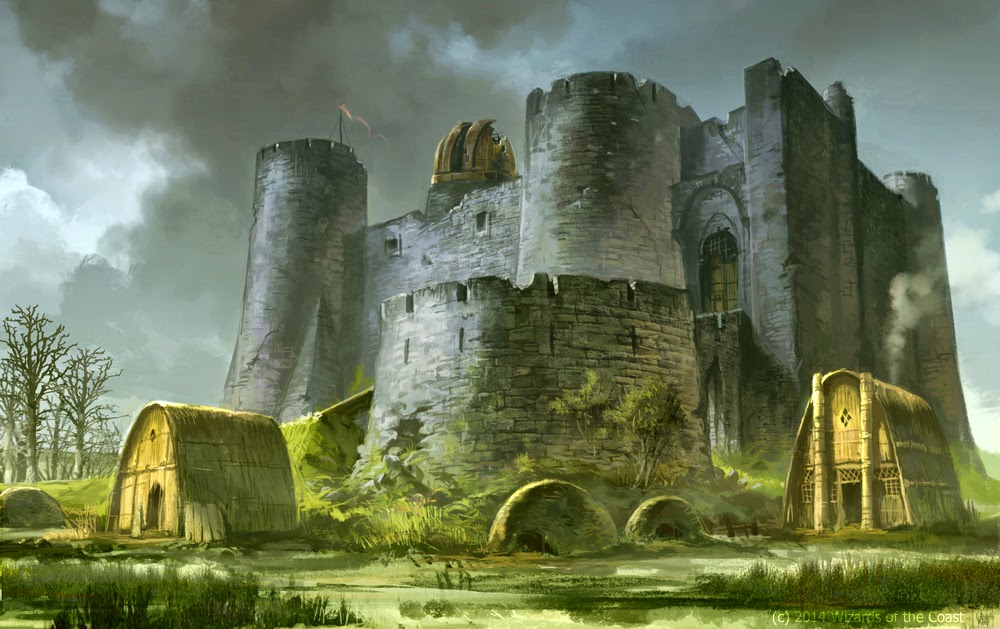This is part 10 of my guide for Hoard of the Dragon’s Queen campaign. You can read all chapters of this guide here:
- LiquidAnalog’s DM’s Guide to Hoard of the Dragon Queen
- 2. HOTDQ – Lore, Clues and Secrets Reveal
- 3. HOTDQ – Before you begin
- 4. HOTDQ – Episode 1 – Greenest in Flames, part I – The Dragon Attack
- 5. HOTDQ – Episode 1 – Greenest in Flames, part II – The Long Night
- 6. HOTDQ – Episode 2 – The Raiders’ Camp
- 7. HOTDQ – Episode 3 – The Dragon Hatchery
- 8. HOTDQ – Episode 4 part I – The Road to Elturel
- 9. HOTDQ – Episode 4 part II – Elturel
- 10. HOTDQ – Episode 4 part III – A boat ride to Baldur’s Gate
- 11. HOTDQ – Episode 4 part IV – Baldur’s Gate
- 12. HOTDQ – Episode 4 part V – The Death house
- 13. HOTDQ – Episode 4 part VI + Ep 5 – The caravan to the Carnath Roadhouse
- 14. HOTDQ – Episode 6 – The Mere and Castle Naerytar – part I
- 15. HOTDQ – Episode 6 – Castle Naerytar part II – NPCs
- 16. HOTDQ – Episode 8 – Skyreach Castle – part I
- 17. HOTDQ – Episode 8 – Skyreach Castle – part II
Episode 4 – The River to Baldur’s Gate
Ontharr gives the heroes a small boat for the 3 day boat sail to Baldur’s Gate. As this is an unusual part of the trip (in a boat!), so apart from the opportunity to introduce fantastic fallen elven statues (like depicted in Lord of the Rings), I introduced two events that made this part highly memorable.
The River Rapids
The first was a rapids challenge – a brilliant idea by AngryFungus. I am copying here the relevant section from the post, in case it gets deleted:
NAVIGATING THE TORRENT
There are a few possible roles for crewing the boat:
- 1 Spotter: Perception roll per hazard. Success gives advantage to Navigator’s rolls.
- 1 Navigator: Athletics roll to steer safely past obstacles or navigate hazards.
- Oarsmen (any number): Athletics roll per hazard. Success adds +1 to Navigator’s roll. Failure subtracts -1 to Navigator’s roll.
HAZARDS
Hazards can cause damage to the boat’s hull. Hull damage may be modified by the margin of success or failure. E.g. if the Navigator succeeds by 3, hull damage is reduced by 3 points. But hull damage is increased by the amount a roll is failed by. Critical success results in no damage to hull. Critical failure results in double damage to hull.
- Sharp Turn: DC 10 Perception. DC 20 Athletics. 5 points hull damage, modified by Navigator success/failure.
- Rapids: DC 15 Perception. DC 20 Athletics. 10 points hull damage, modified by Navigator success/failure.
- Hidden Rocks: DC 20 Perception. DC 20 Athletics. 10 points hull damage, modified by Navigator success/failure.
- 10′ Plunge: DC 10 Perception. DC 15 Athletics. Acrobatics or Athletics DC 10 to stay in boat, rolled with advantage if Navigation roll was successful. 5 points hull damage, modified by Navigator success/failure.
Here is my take on how to do this. Ask who is steering the boat (navigator) and who watches for dangers (spotter). Then start to build the tension gradually. First they hear a far roaring sound. As it gets louder the start to see the water speeding, waves and some foam ahead. It looks like a long section of raging waters… Then start throwing obstacles in a quick succession – asking each player to roll quickly for their role, and describing the immediate result.
The most important thing is the high pace of action here. This section must feel as “no time to think”. There is no pause for thinking or initiative, just you bouncing the action between the characters. “Hidden Rocks!” “Sudden Plunge!” “Sharp turn right!”
On my table this was a blast. The segment was highly exciting and tense… One character held to his life and almost fell overboard, while each passing die roll could bring another crack to the boat – that almost cracked but stayed in one piece. They all competed the segment breathless.
Ogres on the Bridge
The second highly memorable event I recommend is the “Ogres on the Bridge” river encounter that as Sly Flourish nicely describes. An Ogre blocks the river on top of an old bridge, demands payment, and when met with hostile responses by the cocky adventurers activates his crocodiles and start to throw rocks onto the boat.
This was a major surprise encounter for my group, in which the wizard got dragged underwater by a crocodile and started drowning, the priest almost died rescuing him, while the paladin and monk climbed through slippery rocks to fight the Ogre. The characters (and players) all later pondered their hubris – after all, they got almost wiped by 3 small crocs.








